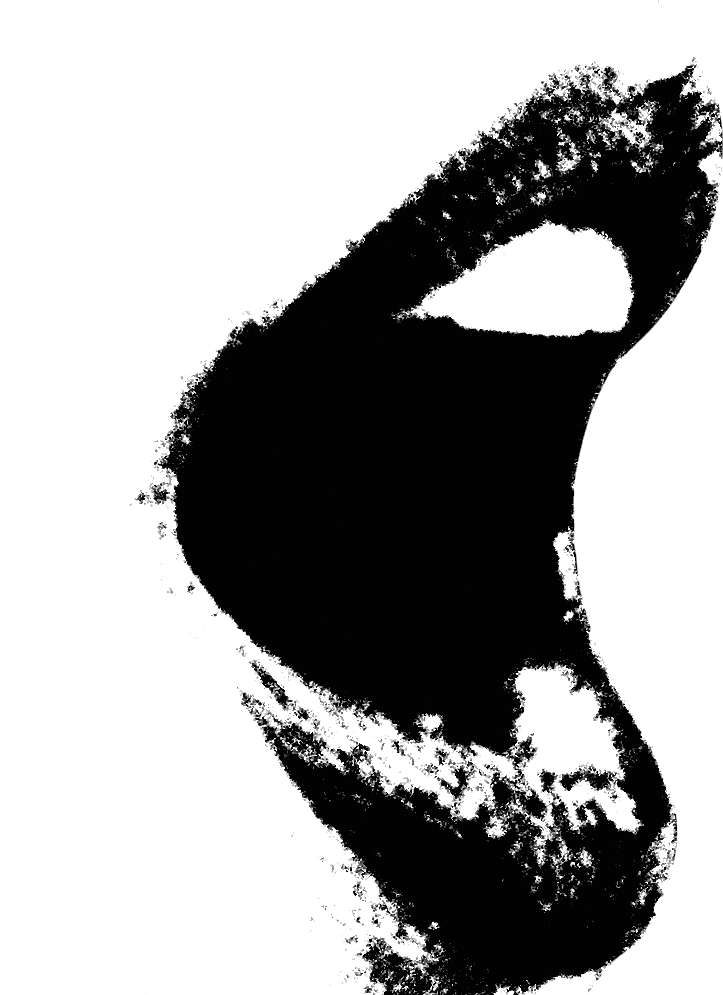"When the voice you speak with may not be your own."
— Paul D. Miller (2004, p. 146)

On Digital Performance
Part and parcel to enacting the artist–medium is a new notion of digital performance. According to both Paul D. Miller (2004) and Mark Amerika (2011), digital technologies invite us into relationships of live performance and on-the-fly improvisation because we compose amongst our source material "in which artists intuitively construct various conceptual personae to see exactly what it is they are becoming" (Amerika, 2011, p. xii). Digital performance allows the artist's body to be involved in the process through the collaboration between their own voice and body and the capacity to record and edit that performance. One can digitally perform as their character or subject or even perform with an archived voice. However, this digital performance is not about performing a loyalty act to the archived material or source material, but it is, instead, about the creative act that happens between the artist and their materials—the digressions, spontaneity, and remixing. As Della Pollock (2005) put it, "performance is a promissory act. Not because it can only promise possible change but because it catches its participants—often by surprise—in a contract with possibility: with imagining what might be, could be, should be" (p. 2). Digital performance "is one way of practicing the interdependence of human selves and of seeing through the past into an as-yet unspoken… future" (p. 4). Performance, in this way, becomes a critical methodology for reusing archives and re-inhabiting archives. It presents another way to know, as Diana Taylor (2003) argued, as a way to discover how digitally archived people, voices, and lives—past and present, dead or alive—might speak to one another toward new forms of relationality, creativity, and care.
In this way, I asked students to employ digital technology performatively as a conceptual attempt to redraw imagined lines between them and their source material, lines of intentionality, individuality, and community. This practice has the potential to extend performance and invent new theories of performance.
















